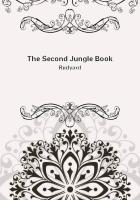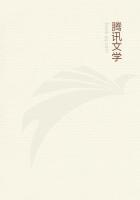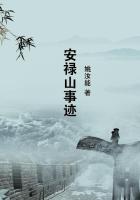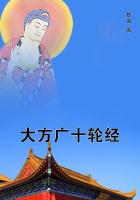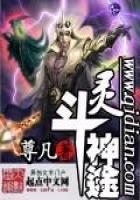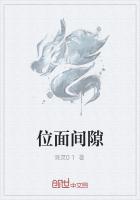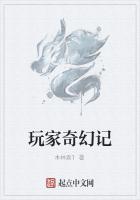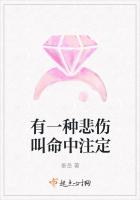The transition extended to literature. Men who, like Garcilaso de la Vega and Diego Hurtado de Mendoza, followed the Italian wars, had brought back from Italy the products of the post-Renaissance literature, which took root and flourished and even threatened to extinguish the native growths. Damon and Thyrsis, Phyllis and Chloe had been fairly naturalised in Spain, together with all the devices of pastoral poetry for investing with an air of novelty the idea of a dispairing shepherd and inflexible shepherdess. As a set-off against this, the old historical and traditional ballads, and the true pastorals, the songs and ballads of peasant life, were being collected assiduously and printed in the cancioneros that succeeded one another with increasing rapidity. But the most notable consequence, perhaps, of the spread of printing was the flood of romances of chivalry that had continued to pour from the press ever since Garci Ordonez de Montalvo had resuscitated "Amadis of Gaul" at the beginning of the century.
For a youth fond of reading, solid or light, there could have been no better spot in Spain than Alcala de Henares in the middle of the sixteenth century. It was then a busy, populous university town, something more than the enterprising rival of Salamanca, and altogether a very different place from the melancholy, silent, deserted Alcala the traveller sees now as he goes from Madrid to Saragossa. Theology and medicine may have been the strong points of the university, but the town itself seems to have inclined rather to the humanities and light literature, and as a producer of books Alcala was already beginning to compete with the older presses of Toledo, Burgos, Salamanca and Seville.
A pendant to the picture Cervantes has given us of his first playgoings might, no doubt, have been often seen in the streets of Alcala at that time; a bright, eager, tawny-haired boy peering into a book-shop where the latest volumes lay open to tempt the public, wondering, it may be, what that little book with the woodcut of the blind beggar and his boy, that called itself "Vida de Lazarillo de Tormes, segunda impresion," could be about; or with eyes brimming over with merriment gazing at one of those preposterous portraits of a knight-errant in outrageous panoply and plumes with which the publishers of chivalry romances loved to embellish the title-pages of their folios. If the boy was the father of the man, the sense of the incongruous that was strong at fifty was lively at ten, and some such reflections as these may have been the true genesis of "Don Quixote."
For his more solid education, we are told, he went to Salamanca. But why Rodrigo de Cervantes, who was very poor, should have sent his son to a university a hundred and fifty miles away when he had one at his own door, would be a puzzle, if we had any reason for supposing that he did so. The only evidence is a vague statement by Professor Tomas Gonzalez, that he once saw an old entry of the matriculation of a Miguel de Cervantes. This does not appear to have been ever seen again; but even if it had, and if the date corresponded, it would prove nothing, as there were at least two other Miguels born about the middle of the century; one of them, moreover, a Cervantes Saavedra, a cousin, no doubt, who was a source of great embarrassment to the biographers.
That he was a student neither at Salamanca nor at Alcala is best proved by his own works. No man drew more largely upon experience than he did, and he has nowhere left a single reminiscence of student life-for the "Tia Fingida," if it be his, is not one- nothing, not even "a college joke," to show that he remembered days that most men remember best. All that we know positively about his education is that Juan Lopez de Hoyos, a professor of humanities and belles-lettres of some eminence, calls him his "dear and beloved pupil." This was in a little collection of verses by different hands on the death of Isabel de Valois, second queen of Philip II, published by the professor in 1569, to which Cervantes contributed four pieces, including an elegy, and an epitaph in the form of a sonnet. It is only by a rare chance that a "Lycidas" finds its way into a volume of this sort, and Cervantes was no Milton. His verses are no worse than such things usually are; so much, at least, may be said for them.
By the time the book appeared he had left Spain, and, as fate ordered it, for twelve years, the most eventful ones of his life.
Giulio, afterwards Cardinal, Acquaviva had been sent at the end of 1568 to Philip II by the Pope on a mission, partly of condolence, partly political, and on his return to Rome, which was somewhat brusquely expedited by the King, he took Cervantes with him as his camarero (chamberlain), the office he himself held in the Pope's household. The post would no doubt have led to advancement at the Papal Court had Cervantes retained it, but in the summer of 1570 he resigned it and enlisted as a private soldier in Captain Diego Urbina's company, belonging to Don Miguel de Moncada's regiment, but at that time forming a part of the command of Marc Antony Colonna.

